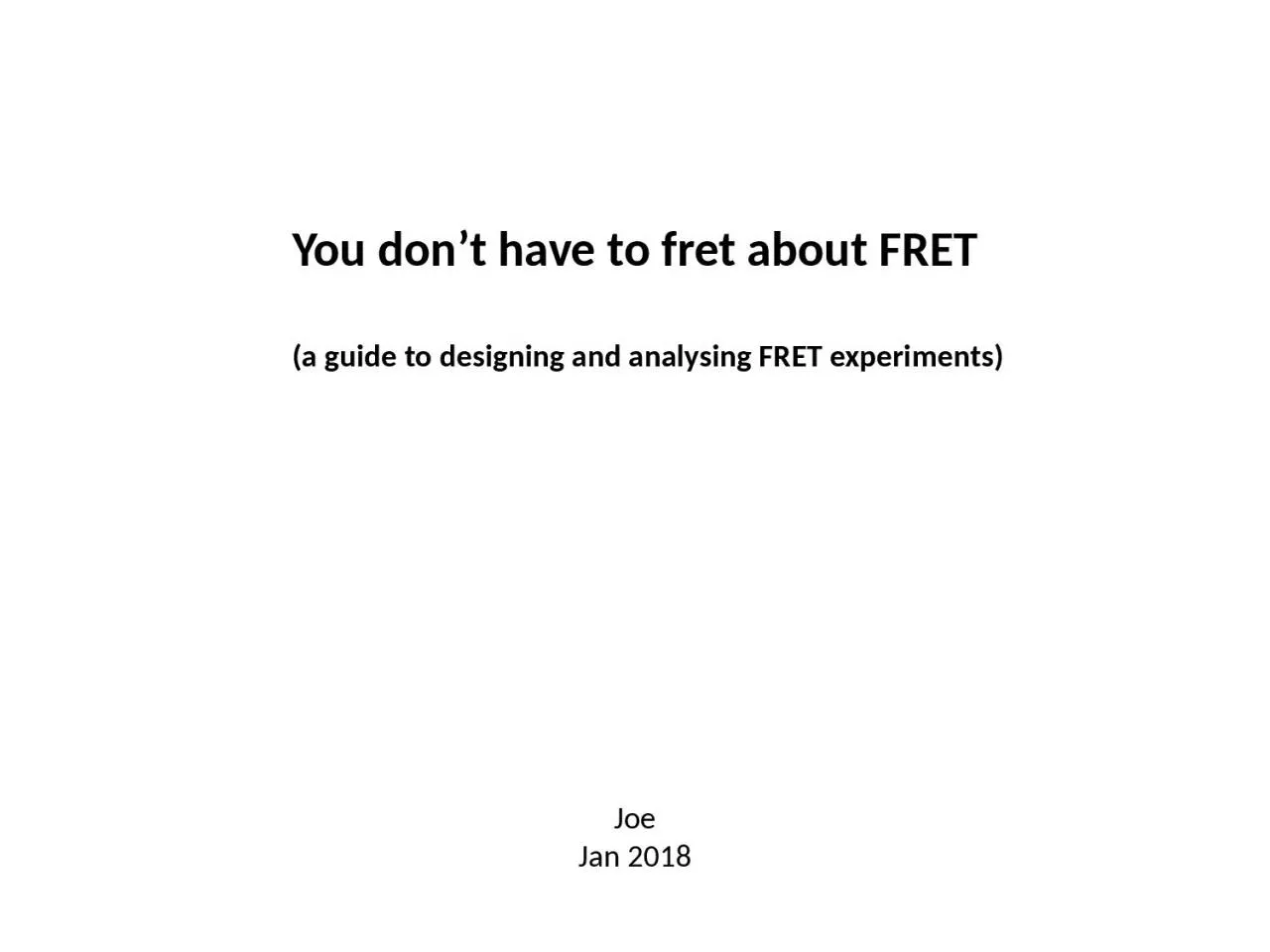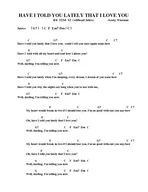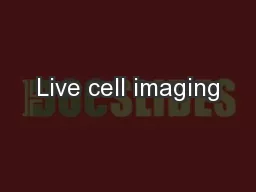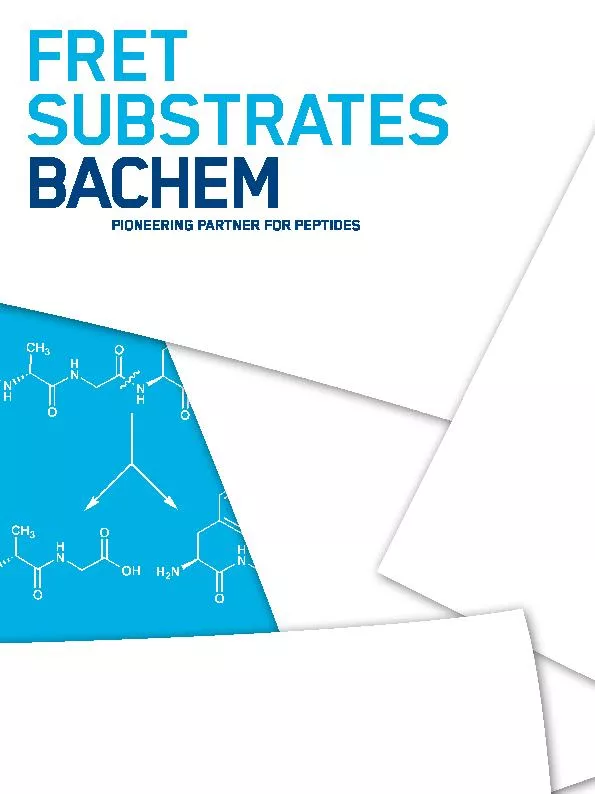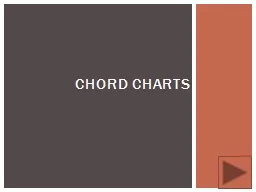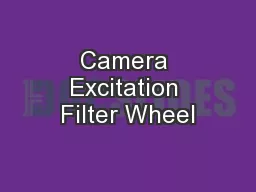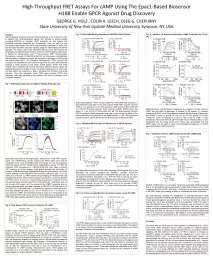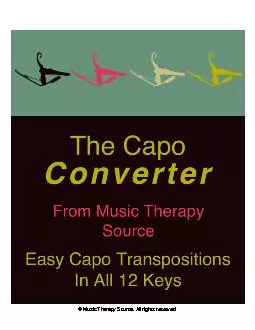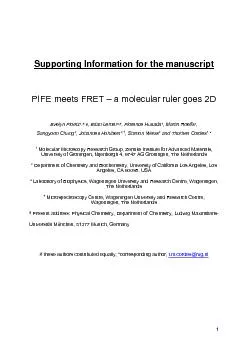PPT-You don’t have to fret about FRET
Author : bella | Published Date : 2024-02-09
a guide to designing and analysing FRET experiments Joe Jan 2018 Fluorescence resonance energy transfer FRET Conceptually FRET is a very simple method to understand
Presentation Embed Code
Download Presentation
Download Presentation The PPT/PDF document "You don’t have to fret about FRET" is the property of its rightful owner. Permission is granted to download and print the materials on this website for personal, non-commercial use only, and to display it on your personal computer provided you do not modify the materials and that you retain all copyright notices contained in the materials. By downloading content from our website, you accept the terms of this agreement.
You don’t have to fret about FRET: Transcript
Download Rules Of Document
"You don’t have to fret about FRET"The content belongs to its owner. You may download and print it for personal use, without modification, and keep all copyright notices. By downloading, you agree to these terms.
Related Documents

